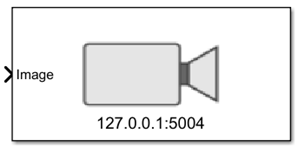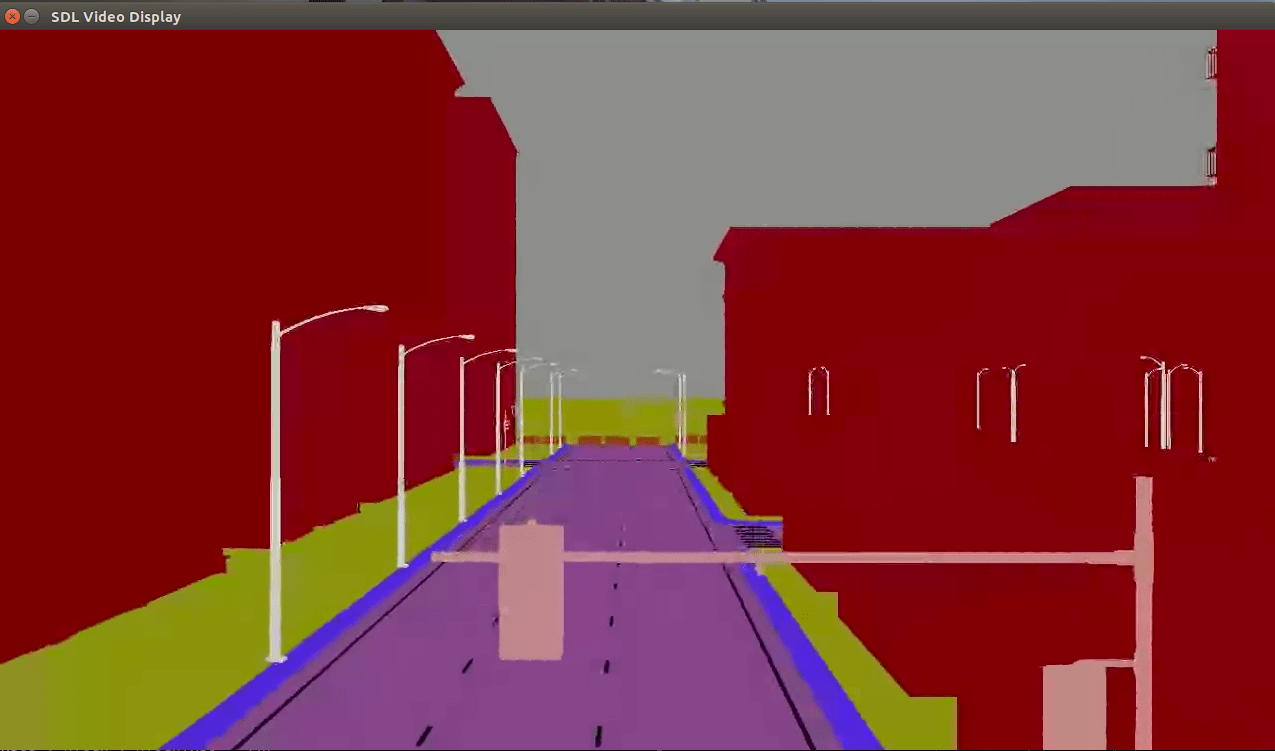Video Send
Libraries:
UAV Toolbox /
Simulation 3D
Description
The Video Send block sends video streams from Simulink® to a specified remote device. For hardware-in-the-loop simulation applications, you can send grayscale and RGB images, as well as depth and lidar point cloud data collected from Unreal Engine® scenes to the remote device. You can also specify the compression and quality of the video stream. To stream the video, this block picks the first available local UDP port, independent of the remote port you specify. This block uses the Gstreamer framework to handle data streaming.
Examples
Limitations
The Video Send block is supported only for use in Windows and Mac.
Ports
Input
Parameters
Tips
VP8andVP9compression formats are bandwidth efficient but also computationally expensive. Hence, chooseJPEGcompression format if you are working on machines with limited CPU resources.To receive the video stream on the remote device, in a separate model, use the Network Video Receive block from the MATLAB® Coder™ Support Package for NVIDIA® Jetson™ and NVIDIA DRIVE® Platforms. Alternatively, you can use your custom GStreamer-based receiver.
Version History
Introduced in R2021b

